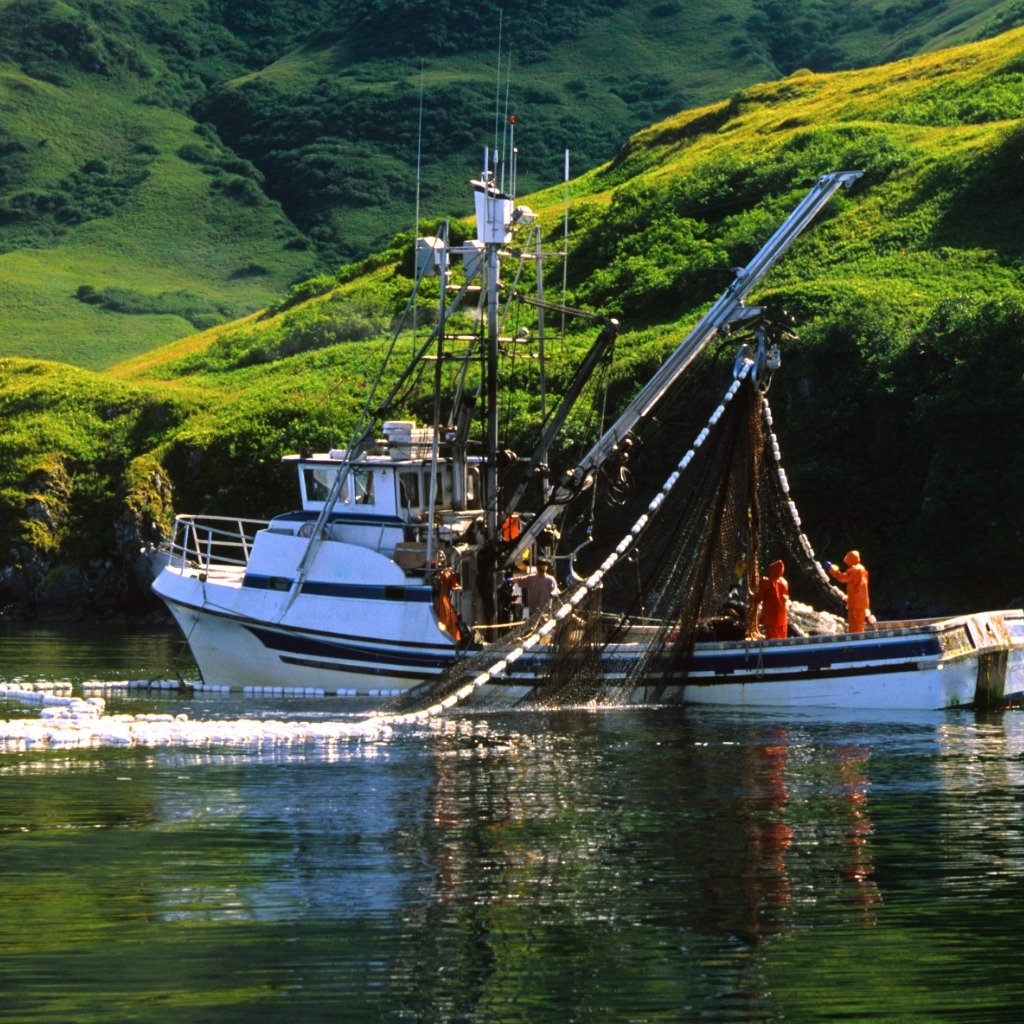What's Current in
Science + Technology
Image

Cargo vessel congestion at the Los Angeles/Long Beach port complex during the COVID pandemic
Image

Photo Credit
Courtesy
Image
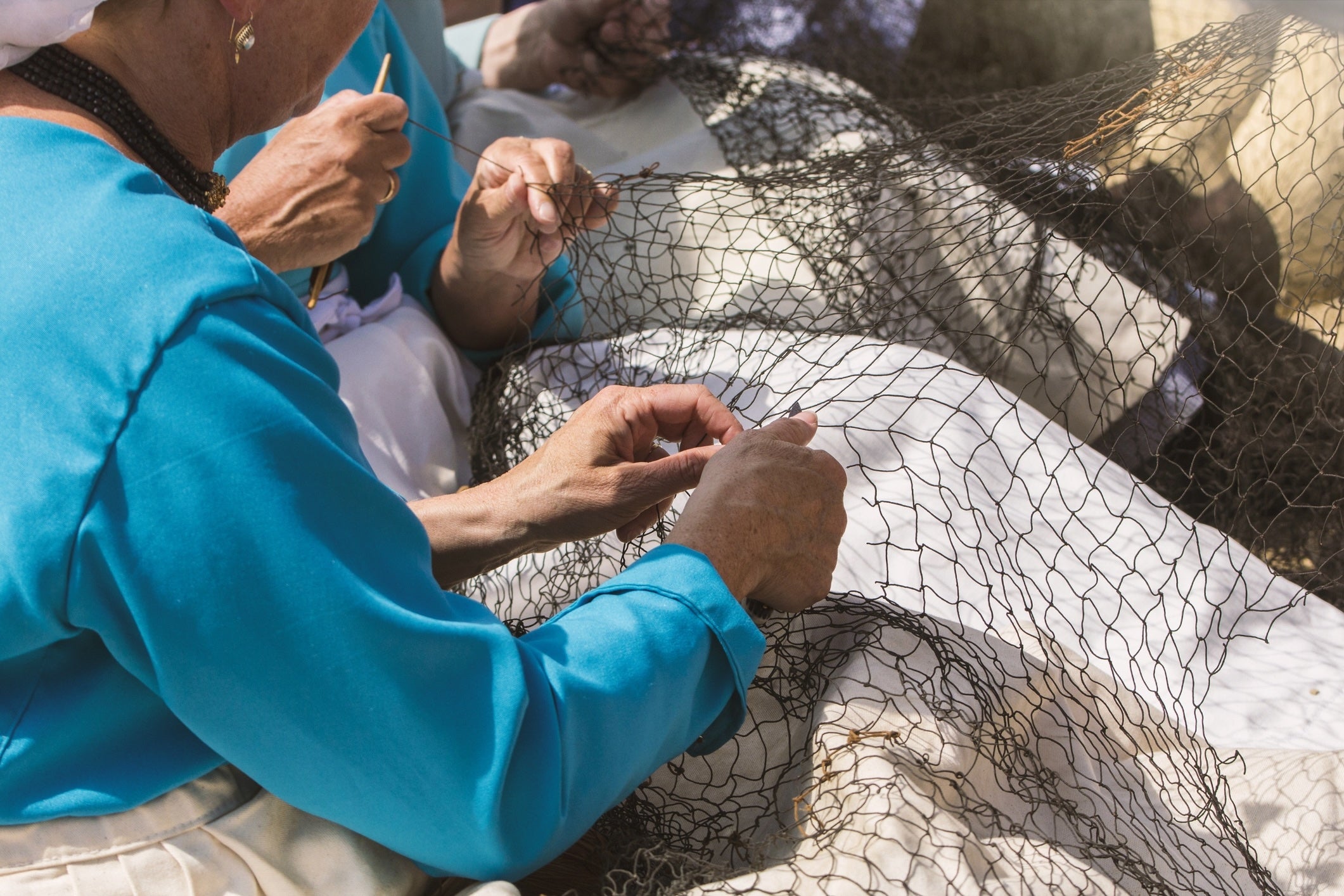
Geospatial information about how women use the ocean is an important part of marine spatial planning, but tends to be hidden in the data
Image

Photo Credit
Lyn Photography
Physicist and computer science assistant professor Murphy Yuezhen Niu
Image
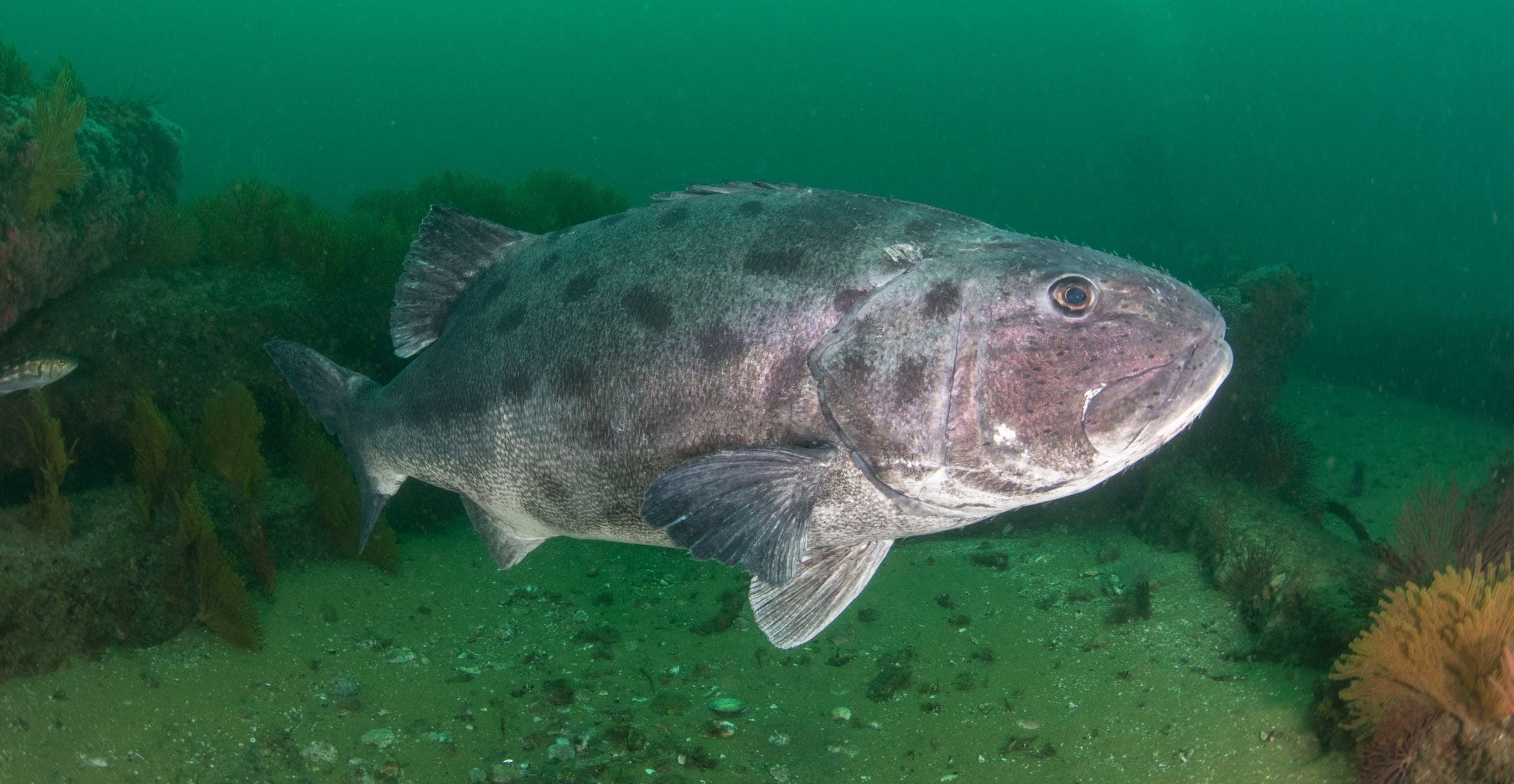
Photo Credit
Merry Passage
Southern California’s population of giant sea bass is recovering from overfishing, but progress is slow.
Image
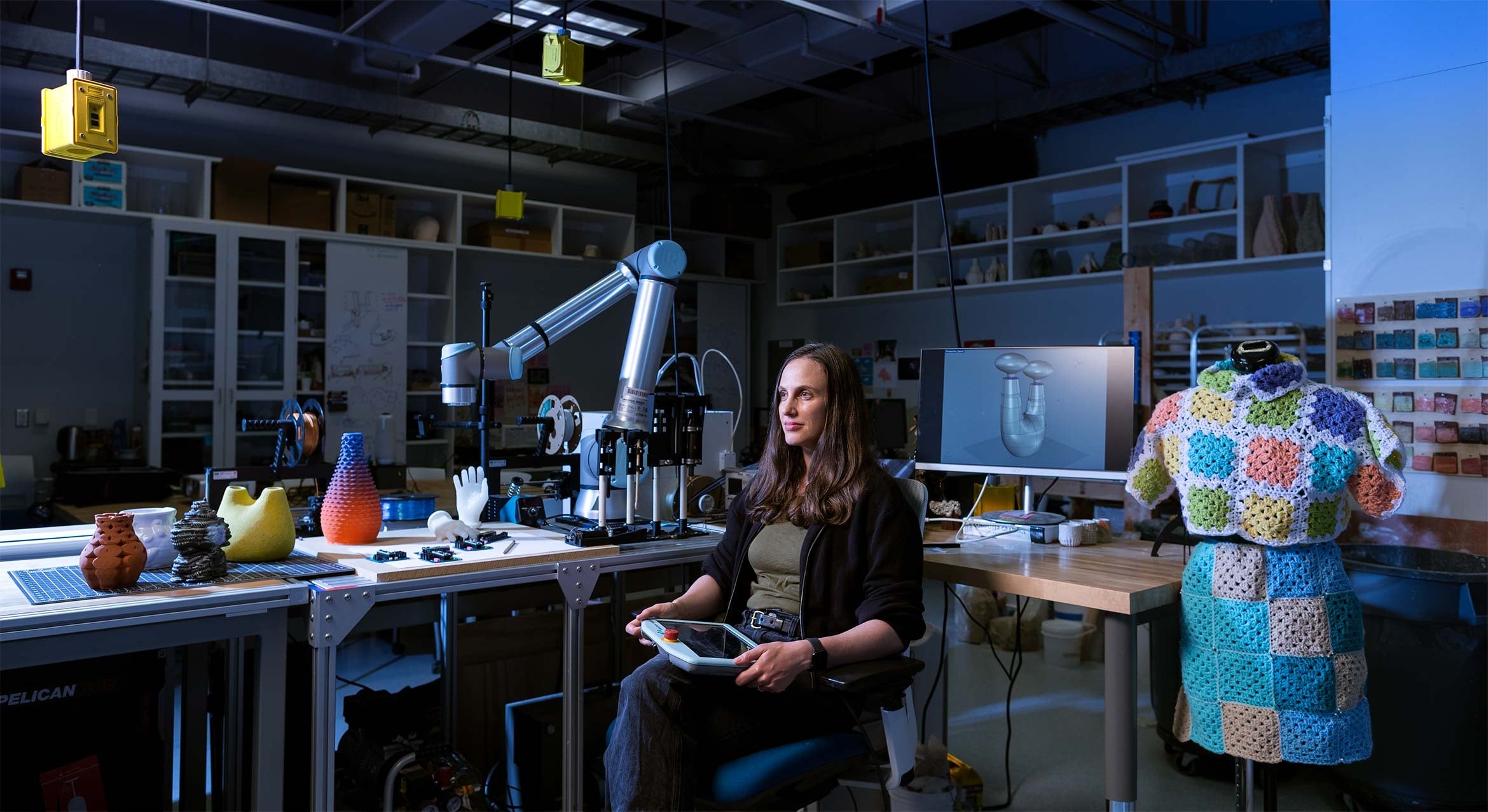
Photo Credit
Matt Perko
“You can think of this as the next step in personal computing,” said UCSB professor Jennifer Jacobs, whose research explores more intuitive, responsive digital fabrication systems.
Image
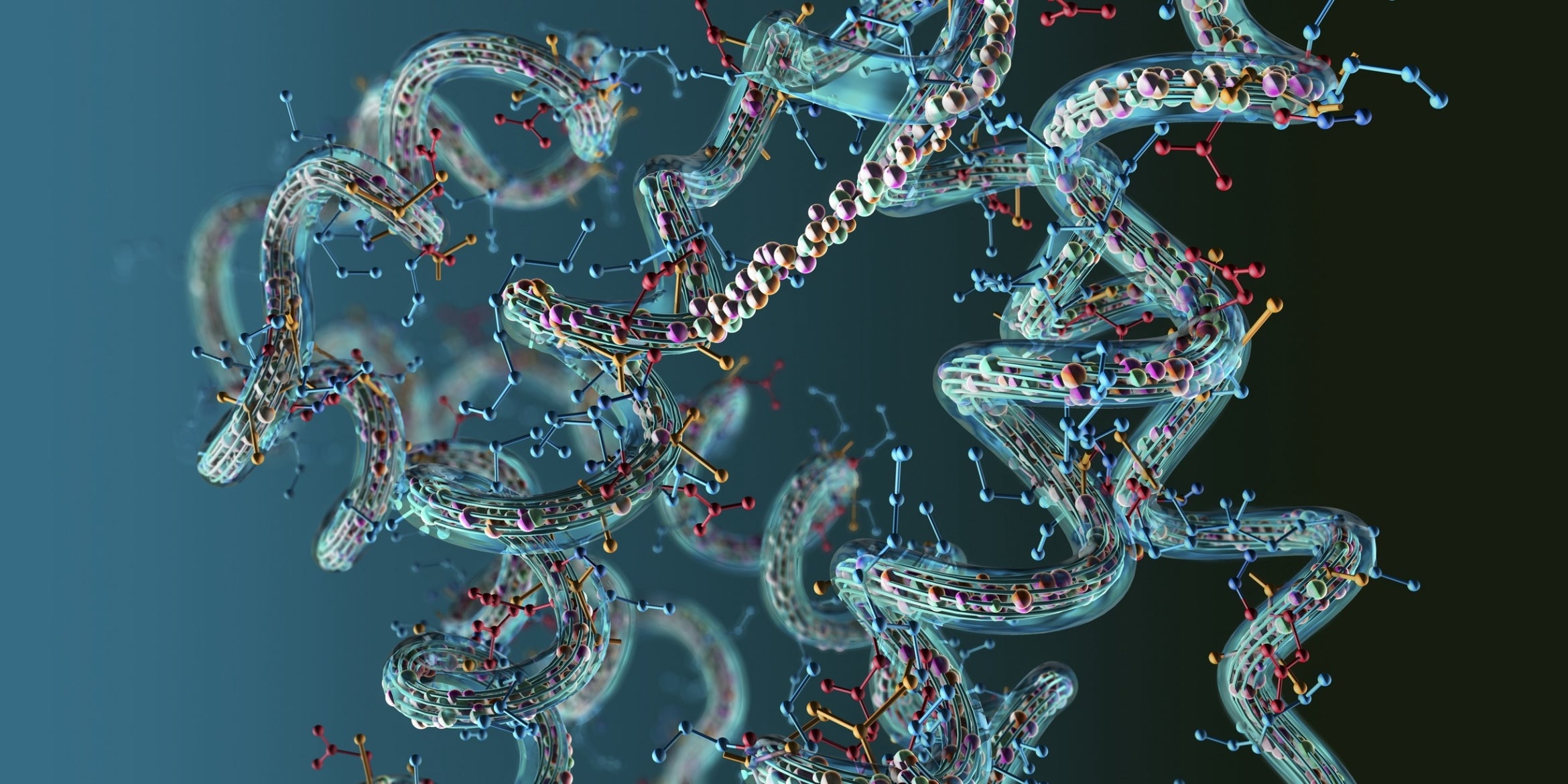
De novo protein design involves sequencing amino acids to produce proteins with the desired structures and functions
Image

Photo Credit
Yaoinlove via iStock
Children are more sensitive to heat than adults, and chronic overheating can affect their experience and engagement at school.
